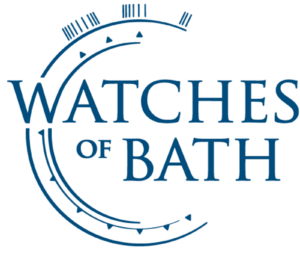
Bears Men
The club which we now know as Bristol Bears was formed in 1888 when the members of local club Carlton invited two of their rivals, Redland Park and Westbury Park, to join them in forming a representative city club.
Redland Park agreed to the venture and Bristol Football Club came into being. The first match was played at Cardiff Arms Park against Cardiff on October 6th 1888 – the game was lost 24-0, but under modern scoring values this would be 80-0. Home games were played on the newly-opened County Cricket Ground at Nevil Road, and this remained Bristol’s home until the outbreak of the Great War.
Following a serious struggle to survive in the club’s second season, Bristol were rescued by charismatic captain William ‘Tommy’ Thomson, who led the side for four seasons and saw Bristol established as a first class club. Such was Thomson’s influence that, following his tragically early death in 1899 at the age of 31, the club paid for his headstone in Arnos Vale Cemetery. Shortly after Thomson’s death, the club celebrated the awarding of its first England cap when Wallace Jarman appeared for England against Wales at Gloucester in 1900. These were the days before the building of Twickenham, and clubs around the country lobbied to host England matches. In 1908 Bristol themselves staged the England v Wales match, electing to hold it at Bristol City’s Ashton Gate ground, though unfortunately the game itself was invisible to the majority of the spectators due to heavy fog. Earlier, in 1905, Bristol had played the touring All Blacks at the County Ground, losing 41-0.
Further players were capped from Bristol in the early years of the 20th century, most notably full back Billy Johnston, who appeared in the first ever international at Twickenham. Club rugby closed down during the years of the First World War, and during the conflict 26 players who had appeared for Bristol lost their lives. When the war ended in November 1918, a side called Bristol United was quickly formed to provide rugby for returning servicemen, and this team provided the basis for the Bristol club itself when it was re-formed in 1919. The County Ground was no longer available, and home matches were played on a field in Radnor Road in Horfield while the club awaited the construction of its new home, the Memorial Ground.
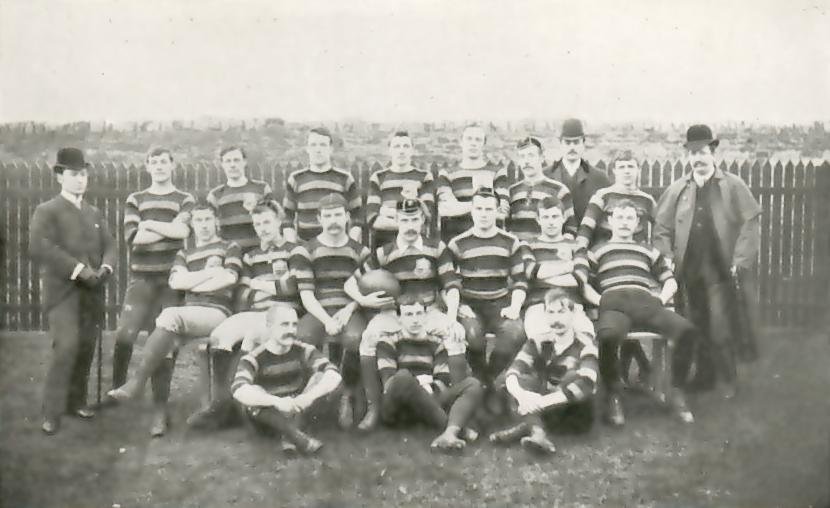
The Memorial Ground was built on the site of Buffalo Bill’s Field, so named because Buffalo Bill had staged his Wild West Show there. Bristol had actually used the field on occasions in the past when the County Ground was unavailable. When completed, the Memorial Ground was dedicated to the 300 plus local rugby players who had died in the war. The opening match, in September 1921, saw Bristol defeat old rivals Cardiff by 19-3. The inter-war years were generally successful ones for Bristol, and two figures stand out from this period, both of whom captained England: Len Corbett, an outstanding centre threequarter, and hooker Sam Tucker. The latter achieved folk-hero status when he was flown to Cardiff at extremely short notice to play for England against Wales. He arrived with minutes to spare and shared in an England victory.
The Bristol club closed down again when the Second World War began in 1939, but throughout the war years a side called Bristol Supporters played instead. This team was the Bristol club in all but name. When peace returned once more the club was relaunched and the ground was rededicated to remember the rugby-playing citizens of Bristol who had died in the conflict. Sixteen players with links to Bristol or Bristol Supporters were amongst the fallen.
Following a rather up and down existence in the post-war years, Bristol rose to prominence under the revolutionary captaincy of outside half John Blake in the late 1950s. Building on the foundations of his immediate predecessors Bert Macdonald and Dick Hawkes, he encouraged a spectacular 15-man style of rugby at a time when club games were often dull, low-scoring affairs. New records for points scored and games won were set and broken during Blake’s four-year tenure as captain, and his style of play became known as Bristol Fashion rugby.
Bristol continued to flourish in the 1960s. The 75th Anniversary was celebrated in 1962-63, and soon afterwards floodlights were installed at the Memorial Ground. In 1971-72, under the captaincy of outside half Tony Nicholls, the club enjoyed a record-breaking campaign, winning the Sunday Telegraph English and English/Welsh merit tables and scoring over 1,000 points in a season for the first time. Wing threequarter and occasional centre Alan Morley was a major star over the next few years, eventually becoming rugby’s world record try-scorer. Meanwhile, hooker John Pullin captained England to historic away wins over both South Africa and New Zealand.
In 1983, under the captaincy of Mike Rafter, Bristol defeated Leicester 28-22 at Twickenham to win the John Player Cup following a memorable cup run in which every match was played away from home. Bristol celebrated their Centenary in 1987-88, drawing a special celebration match with the Barbarians and narrowly losing to Harlequins in the final of both the John Player Cup and the Middlesex Sevens. League rugby was introduced in 1987, with professionalism following in 1995, and Bristol often struggled to keep pace with the demands and pressures of the professional game. Relegation in 1997-98 was followed by the club going into receivership, but a rescuer appeared in the form of local businessman Malcolm Pearce. Under the direction of World Cup-winning coach Bob Dwyer, promotion was instantly achieved in 1998-99, although Bristol, who had been sharing the Memorial Ground facilities with Bristol Rovers since 1996, now became the Rovers’ tenants, while the ground itself became known as the Memorial Stadium.
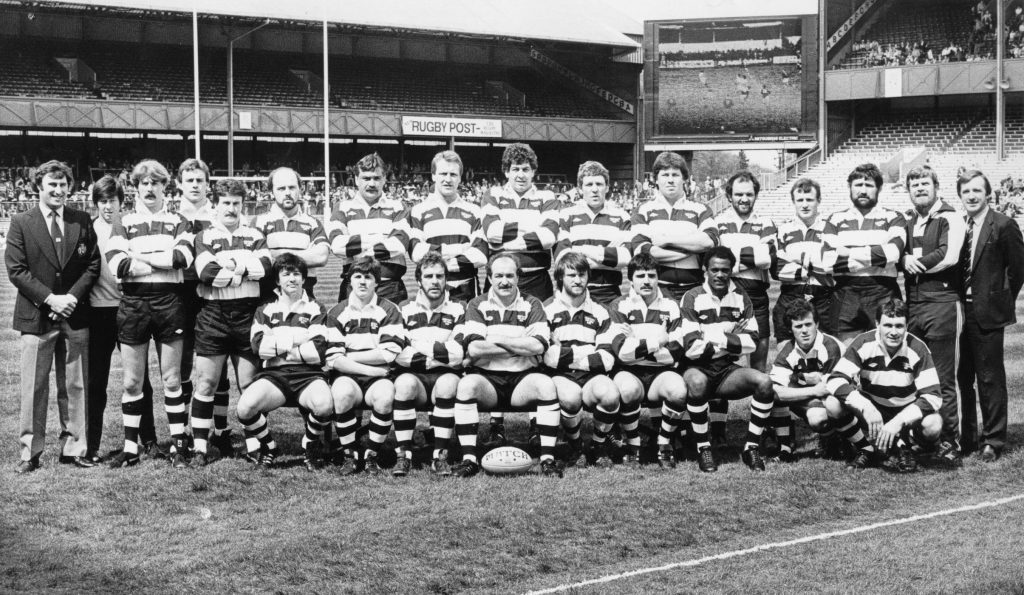
Having re-established themselves as a Premiership club, Bristol enjoyed some success in the early years of the 21st century, particularly in 2001-02 when they lost to Gloucester at Twickenham in the final of the Zurich Championship and secured qualification for the following season’s Heineken Cup. Amongst the club’s stars of this period were the Argentinian half back pair of Agustin Pichot and Felipe Contepomi. Unfortunately, Bristol were relegated again at the end of the following season, and with Malcolm Pearce announcing that he could no longer finance the club without assistance, financial disaster loomed once more. This time, lifelong supporter Chris Booy came to the rescue, and together with other interested parties a consortium was formed to save the club. Richard Hill was appointed as head coach, and after a season of consolidation, during which the Powergen Shield was won at Twickenham, Bristol were once again promoted in 2004-05.
In the 2006-07 season the club achieved its best position yet of third place in the Premiership, but two years later Bristol were relegated again. The following season saw the club lose out to Exeter in the promotion play-offs, the first of many agonising near misses in the quest to return to the top flight. The British & Irish Cup was won in 2010-11, but once again the club was in financial turmoil until Steve Lansdown became the major shareholder. Bristol subsequently became part of Bristol Sport, Steve Lansdown’s ‘sporting family’ and the club relocated to Ashton Gate for the start of the 2014-15 season. Promotion was at last achieved under Andy Robinson’s coaching in 2015-16, but relegation swiftly followed again a season later. At this stage, Pat Lam was appointed, initially as head coach but later as director of rugby.
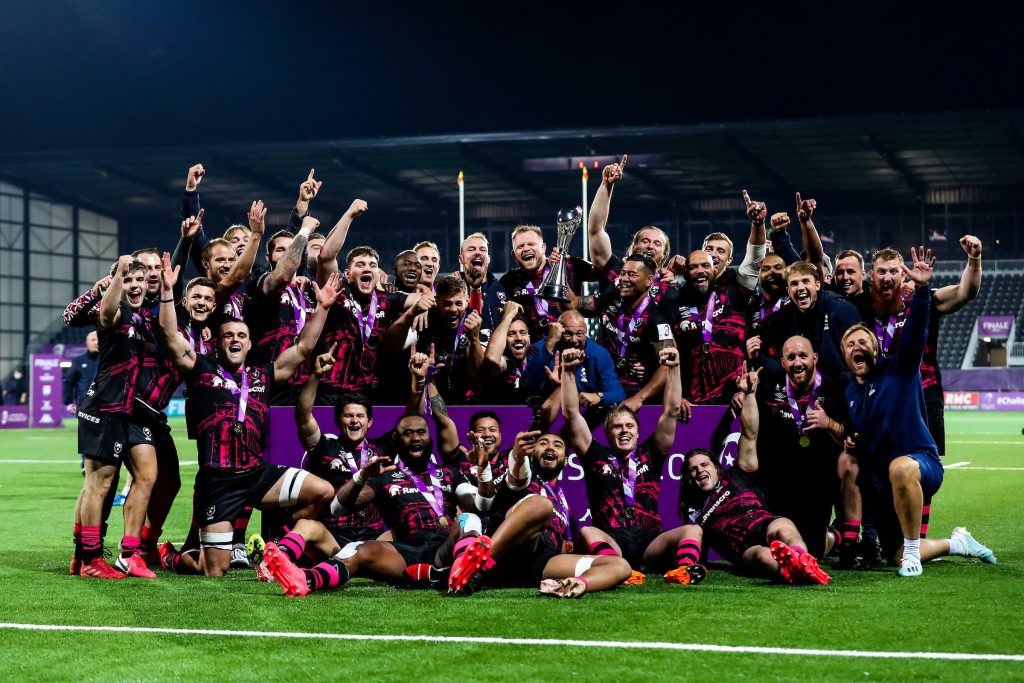
Following a season of thrilling rugby, Bristol were promoted once more in 2017-18, and at the end of the season the club was rebranded as Bristol Bears. Since then, the club has won the European Challenge Cup in 2019-20 and finished top of the Premiership table in 2020-21, only to lose a thrilling home semi-final to eventual champions Harlequins. In 2022-23 a South Africa XV was defeated on a memorable evening of rugby at Ashton Gate, and the 2023-24 campaign is eagerly awaited by everyone associated with Bristol Bears.




